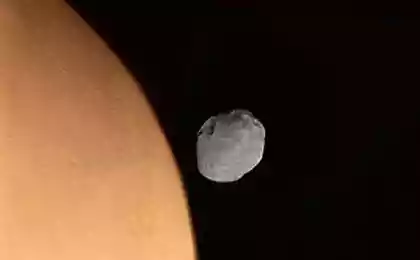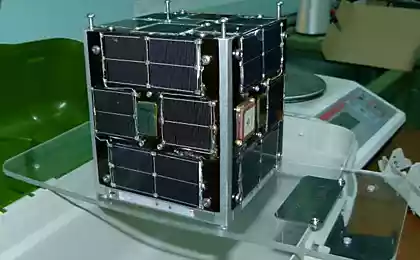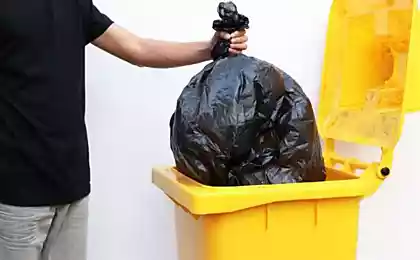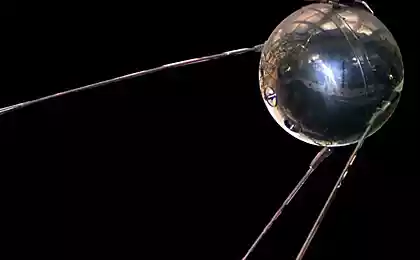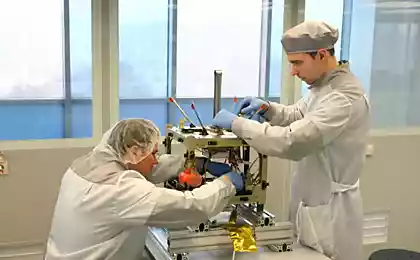415
Japan launched a collector of "space debris"
On Friday Japan launched a cargo ship to the International space station, on Board of which rides the collector "space debris" built by companies engaged in the manufacture of fishing nets. This ship called Kounotori ("stork" in Japanese) off the southern island of Tanegashima at 10:27 local time on the rocket H-IIB.
Scientists from the Japanese aerospace exploration Agency (JAXA) experiment with the network to pull the debris from the orbit of the Earth and to clear away tons of debris, including old equipment satellites and parts of rockets. The launch was successful, because "the satellite detached from the rocket" and reached the planned orbit 15 minutes after launch.
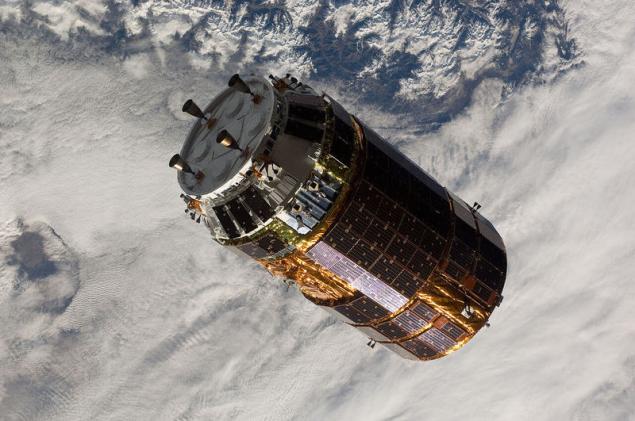
For more than 50 years of space exploration since the launch of the Soviet Sputnik in 1957, humankind has left in the orbit of tons of hazardous waste. At the moment, according to various estimates, in the orbit remains more than 100 million pieces of debris represent a significant threat to space exploration of the future.
Engineers use the so-called electromagnetic tug made of fine stainless steel wire and aluminum. The idea is to hook up one cable to the piece of debris that could cause damage to operating equipment — every year there are hundreds of collisions.
The electricity generated by the "net" as it moves through the magnetic field of the Earth is expected to slow down space junk, taking it to a lower orbit. In the end, the garbage will enter the Earth's atmosphere and burn up long before reaches the surface of the planet.
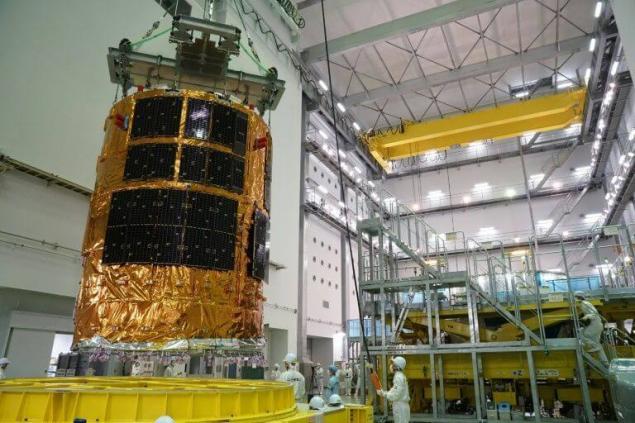
JAXA is working on this project jointly with a Japanese manufacturer of fishing nets Nitto Seimo. More than 10 years they develop a suitable cable. "The tug is using our technology of weaving networks, but twisting very thin materials was very difficult," says engineer Katsuya Suzuki.
"This time, the cable length is 700 meters, but in the end it should be 5000-10 000 meters to slow the target space debris", he adds.
The space Agency hopes to use system for the collection of debris on a regular basis in the next decade. If this test is successful, the next step will be another test, in which the tip of the tether will cling to the target. published
Source: hi-news.ru/space/yaponiya-zapustila-sborshhik-kosmicheskogo-musora.html
Scientists from the Japanese aerospace exploration Agency (JAXA) experiment with the network to pull the debris from the orbit of the Earth and to clear away tons of debris, including old equipment satellites and parts of rockets. The launch was successful, because "the satellite detached from the rocket" and reached the planned orbit 15 minutes after launch.

For more than 50 years of space exploration since the launch of the Soviet Sputnik in 1957, humankind has left in the orbit of tons of hazardous waste. At the moment, according to various estimates, in the orbit remains more than 100 million pieces of debris represent a significant threat to space exploration of the future.
Engineers use the so-called electromagnetic tug made of fine stainless steel wire and aluminum. The idea is to hook up one cable to the piece of debris that could cause damage to operating equipment — every year there are hundreds of collisions.
The electricity generated by the "net" as it moves through the magnetic field of the Earth is expected to slow down space junk, taking it to a lower orbit. In the end, the garbage will enter the Earth's atmosphere and burn up long before reaches the surface of the planet.

JAXA is working on this project jointly with a Japanese manufacturer of fishing nets Nitto Seimo. More than 10 years they develop a suitable cable. "The tug is using our technology of weaving networks, but twisting very thin materials was very difficult," says engineer Katsuya Suzuki.
"This time, the cable length is 700 meters, but in the end it should be 5000-10 000 meters to slow the target space debris", he adds.
The space Agency hopes to use system for the collection of debris on a regular basis in the next decade. If this test is successful, the next step will be another test, in which the tip of the tether will cling to the target. published
Source: hi-news.ru/space/yaponiya-zapustila-sborshhik-kosmicheskogo-musora.html
Fisker showed the new carbon-aluminum electric car
System wireless charging of electric vehicles is being implemented in China

